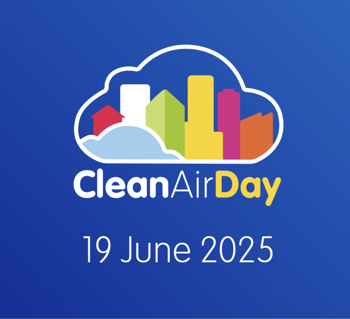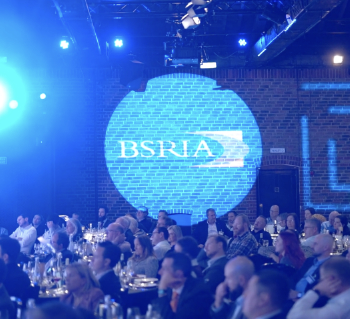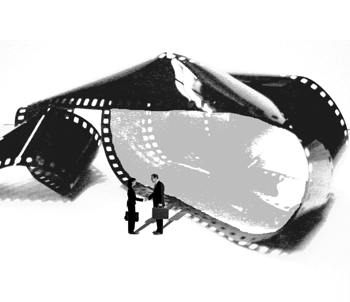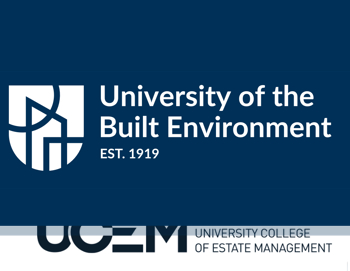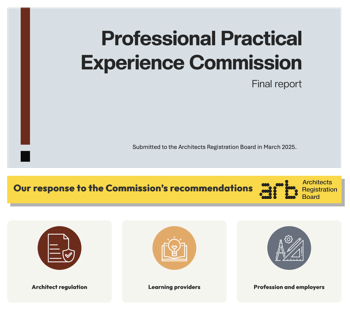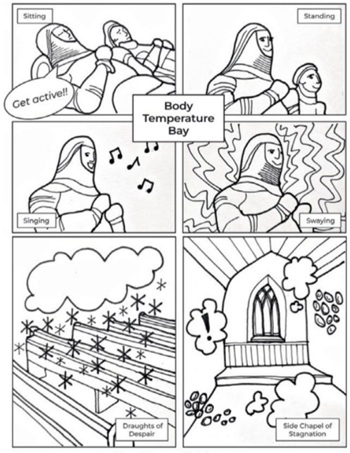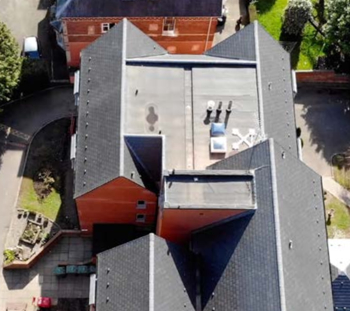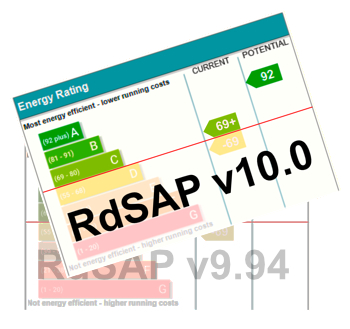Health and safety defined
Contents |
[edit] Introduction
As a business owner you need to view health and safety not just as preventing accidents, but working with your staff to ensure the working environment is safe so they are as productive as possible.
Workplace health and safety relates directly to where staff work, e.g. the building, machinery and immediate local working environment. It is not directly concerned with staff ill health, unless the workplace caused it, but the workplace should be able to deal with the affects of an ill health situation, e.g. first aid provision. Many organisations now extend into employee wellbeing to keep them as healthy and as productive as possible.
Good health and safety is made up from three key areas - moral, legal and financial.
[edit] Moral
It should go without saying that as a business owner you don't want to injure anyone as no one likes to see people being injured, made ill or affected by anything that is dangerous. As a responsible employer you would expect that staff work safely during the day, or night, and return home in the same condition they left. A moral and ethical duty exists to protect staff - and those that you maybe don't actually control but have access to your premises, e.g. visitors, contractors and the general public.
[edit] Legal
Health and safety law affects all organisations without exception. Smaller organisations may not have to complete risk assessments but they are still subject to the same legal duties. If they are found negligent in their legal duties they can be taken to court or face civil actions. Smaller organisations can be more liable to court action as they are easier to prosecute as they are not as complicated as larger firms who also employ specialist advisers to reduce their risk.
[edit] Financial
Paying staff when they are not at work costs money. In addition, you may have to pay for temporary cover or overtime whilst they are off and together with possible re-training costs and management time involved, injuries can be expensive. Paying fines and compensation is also expensive and takes many months to conclude and involves lots of time in defending a prosecution or a claim.
Any adverse publicity may also cost money due to the loss of potential orders and customers. Insurance companies don't like accidents either as they know they can be expensive. Insurance premiums will rise if accidents take place, conversely they may reduce if effective health and safety measures are in place within the organisation.
Health and safety is based in law but can be very subjective - everyone seems to have a view and it can be an emotive one. Unfortunately, accidents have always happened and will continue to do so, but as long as you did everything to prevent them or reduce the severity, you can rest a bit easier.
--Safe2use
[edit] Related articles on Designing Buildings Wiki
Featured articles and news
The UK’s largest air pollution campaign.
Future Homes Standard, now includes solar, but what else?
Will the new standard, due to in the Autumn, go far enough in terms of performance ?
BSRIA Briefing: Cleaner Air, Better tomorrow
A look back at issues relating to inside and outside air quality, discussed during the BSRIA briefing in 2023.
Restoring Abbotsford's hothouse
Bringing the writer Walter Scott's garden to life.
Reflections on the spending review with CIAT.
Retired firefighter cycles world to raise Grenfell funds
Leaving on 14 June 2025 Stephen will raise money for youth and schools through the Grenfell Foundation.
Key points for construction at a glance with industry reactions.
Functionality, visibility and sustainability
The simpler approach to specification.
Architects, architecture, buildings, and inspiration in film
The close ties between makers and the movies, with our long list of suggested viewing.
SELECT three-point plan for action issued to MSPs
Call for Scottish regulation, green skills and recognition of electrotechnical industry as part of a manifesto for Scottish Parliamentary elections.
UCEM becomes the University of the Built Environment
Major milestone in its 106-year history, follows recent merger with London School of Architecture (LSE).
Professional practical experience for Architects in training
The long process to transform the nature of education and professional practical experience in the Architecture profession following recent reports.
A people-first approach to retrofit
Moving away from the destructive paradigm of fabric-first.
International Electrician Day, 10 June 2025
Celebrating the role of electrical engineers from André-Marie Amperè, today and for the future.
New guide for clients launched at Houses of Parliament
'There has never been a more important time for clients to step up and ...ask the right questions'
The impact of recycled slate tiles
Innovation across the decades.
EPC changes for existing buildings
Changes and their context as the new RdSAP methodology comes into use from 15 June.







